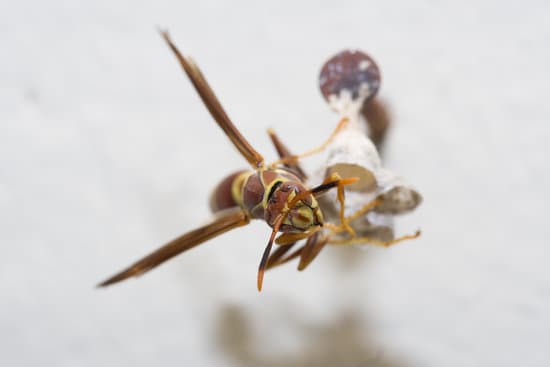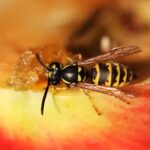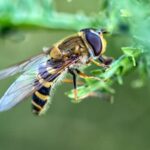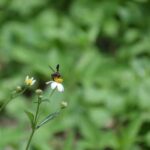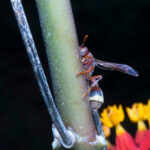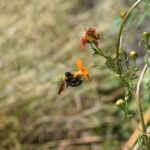How Do Wasps Really Make Figs?
Figs aren’t fruits; they are inflorescences, which are clusters of flowers and seeds inside a bulbous stem. The flowers are pollinated by a queen wasp, who enters a narrow opening in the fig plant. She then lays eggs in the male flower and dies inside the male flower.
Figs are produced in late summer. They are often sold as jams or as a base for desserts. They are grown in Mediterranean countries and Asia. Most commercial figs don’t require wasps for pollination. However, figs that are grown in wild areas are usually pollinated by wasps.
When a female wasp hatches, she will lay eggs inside a male fig. These eggs will grow into larvae, which will then become wasps. The wasps will then tunnel into the male fig. They will eventually exit the male flower and die.
The female wasp has a special scent that attracts other wasps to her. She then spreads her pollen to other figs. Her larvae grow into wasps, which are then absorbed into the figs. These wasps are also absorbed into the figs when they are harvested. These wasps also die, but their exoskeletons are broken down by an enzyme in the fig.
Figs produce a special enzyme called ficain, which breaks down the exoskeletons of the wasps. The enzyme also prevents wasps from being physically present. This allows the fig to grow.
The pollination process is quite complex. There are some flowers that the wasp cannot lay eggs in.
